Cephalexin monohydrateCAS# 23325-78-2 |

- CYT387
Catalog No.:BCC2196
CAS No.:1056634-68-4
- Baricitinib phosphate
Catalog No.:BCC1401
CAS No.:1187595-84-1
- JAK2 Inhibitor V, Z3
Catalog No.:BCC1667
CAS No.:195371-52-9
- TG101209
Catalog No.:BCC2198
CAS No.:936091-14-4
- XL019
Catalog No.:BCC2057
CAS No.:945755-56-6
Quality Control & MSDS
3D structure
Package In Stock
Number of papers citing our products
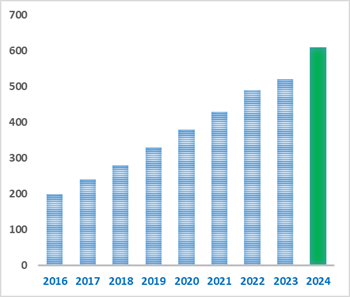
| Cas No. | 23325-78-2 | SDF | Download SDF |
| PubChem ID | 62921 | Appearance | Powder |
| Formula | C16H19N3O5S | M.Wt | 365.4 |
| Type of Compound | N/A | Storage | Desiccate at -20°C |
| Synonyms | Cefalexin hydrate; Cephacillin hydrate | ||
| Solubility | DMSO : 6.67 mg/mL (18.25 mM; Need ultrasonic) H2O : 2 mg/mL (5.47 mM; Need ultrasonic) | ||
| Chemical Name | (6R,7R)-7-[[(2R)-2-amino-2-phenylacetyl]amino]-3-methyl-8-oxo-5-thia-1-azabicyclo[4.2.0]oct-2-ene-2-carboxylic acid;hydrate | ||
| SMILES | CC1=C(N2C(C(C2=O)NC(=O)C(C3=CC=CC=C3)N)SC1)C(=O)O.O | ||
| Standard InChIKey | AVGYWQBCYZHHPN-CYJZLJNKSA-N | ||
| Standard InChI | InChI=1S/C16H17N3O4S.H2O/c1-8-7-24-15-11(14(21)19(15)12(8)16(22)23)18-13(20)10(17)9-5-3-2-4-6-9;/h2-6,10-11,15H,7,17H2,1H3,(H,18,20)(H,22,23);1H2/t10-,11-,15-;/m1./s1 | ||
| General tips | For obtaining a higher solubility , please warm the tube at 37 ℃ and shake it in the ultrasonic bath for a while.Stock solution can be stored below -20℃ for several months. We recommend that you prepare and use the solution on the same day. However, if the test schedule requires, the stock solutions can be prepared in advance, and the stock solution must be sealed and stored below -20℃. In general, the stock solution can be kept for several months. Before use, we recommend that you leave the vial at room temperature for at least an hour before opening it. |
||
| About Packaging | 1. The packaging of the product may be reversed during transportation, cause the high purity compounds to adhere to the neck or cap of the vial.Take the vail out of its packaging and shake gently until the compounds fall to the bottom of the vial. 2. For liquid products, please centrifuge at 500xg to gather the liquid to the bottom of the vial. 3. Try to avoid loss or contamination during the experiment. |
||
| Shipping Condition | Packaging according to customer requirements(5mg, 10mg, 20mg and more). Ship via FedEx, DHL, UPS, EMS or other couriers with RT, or blue ice upon request. | ||
| Description | Cefalexin monohydrate is a cephalosporin antibiotic.
Target: Antibacterial
Cefalexin (INN, BAN) or cephalexin (USAN, AAN) is a first-generation cephalosporin antibiotic introduced in 1967 by Eli Lilly and Company. It is an orally administered agent with a similar antimicrobial spectrum to the intravenous agents cefalotin and cefazolin. It was first marketed as Keflex (Lilly), and is marketed under several other trade names. As of 2008, cefalexin was the most popular cephalosporin antibiotic in the United States, with more than 25 million prescriptions of its generic versions alone, for US$255 million in sales (though less popular than two other antibiotics, amoxicillin and azithromycin, each with 50 million prescriptions per year).
Cefalexin is marketed by generic pharmaceutical manufacturers under a wide range of brand names, including: Apo-Cephalex, Biocef, Cefanox, Ceforal, Cephabos, Cephalexin, Cephorum, Ceporex, Cilex, Ialex, Ibilex, Kefexin, Keflet, Keflex, Rekosporin, Keforal, Keftab, Keftal, Lopilexin, Larixin, Novo-Lexin, Ospexin, Tenkorex, Zephalexin, Panixine Disperdose, Rancef, Sialexin, Sporidex and Ulexin. A version of Keflex 750 mg capsules is marketed for twice-daily dosage, to improve compliance. However, it is not a sustained release formulation, and since it is more expensive than the older strengths, some physicians prescribe three 250 mg capsules to be taken twice daily, as a less expensive alternative. References: | |||||

Cephalexin monohydrate Dilution Calculator

Cephalexin monohydrate Molarity Calculator
| 1 mg | 5 mg | 10 mg | 20 mg | 25 mg | |
| 1 mM | 2.7367 mL | 13.6836 mL | 27.3673 mL | 54.7345 mL | 68.4182 mL |
| 5 mM | 0.5473 mL | 2.7367 mL | 5.4735 mL | 10.9469 mL | 13.6836 mL |
| 10 mM | 0.2737 mL | 1.3684 mL | 2.7367 mL | 5.4735 mL | 6.8418 mL |
| 50 mM | 0.0547 mL | 0.2737 mL | 0.5473 mL | 1.0947 mL | 1.3684 mL |
| 100 mM | 0.0274 mL | 0.1368 mL | 0.2737 mL | 0.5473 mL | 0.6842 mL |
| * Note: If you are in the process of experiment, it's necessary to make the dilution ratios of the samples. The dilution data above is only for reference. Normally, it's can get a better solubility within lower of Concentrations. | |||||

Calcutta University

University of Minnesota

University of Maryland School of Medicine

University of Illinois at Chicago

The Ohio State University
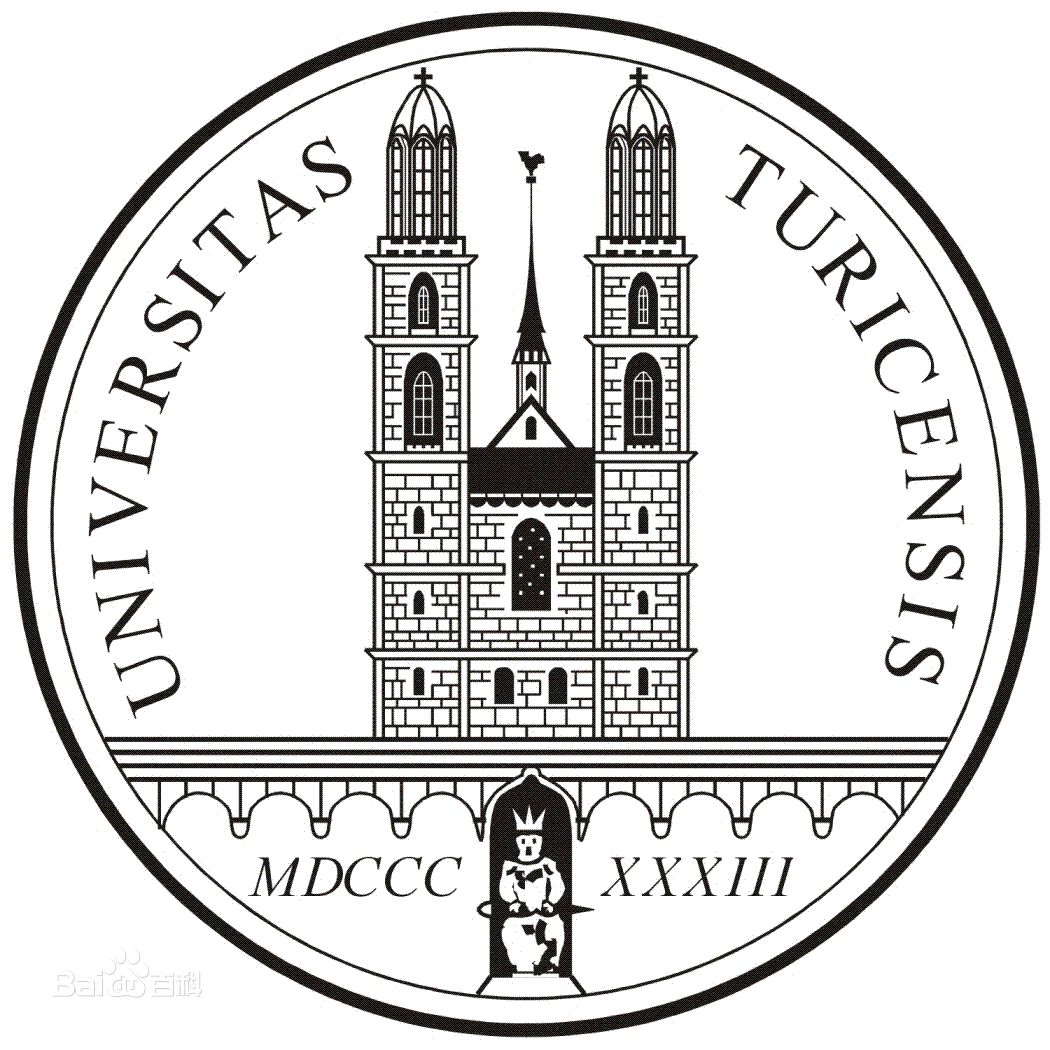
University of Zurich

Harvard University

Colorado State University
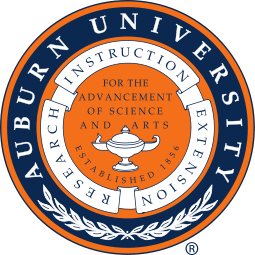
Auburn University

Yale University

Worcester Polytechnic Institute

Washington State University

Stanford University

University of Leipzig
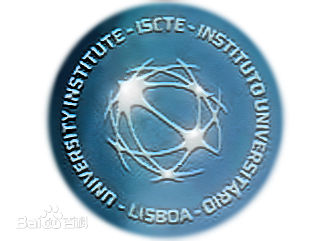
Universidade da Beira Interior
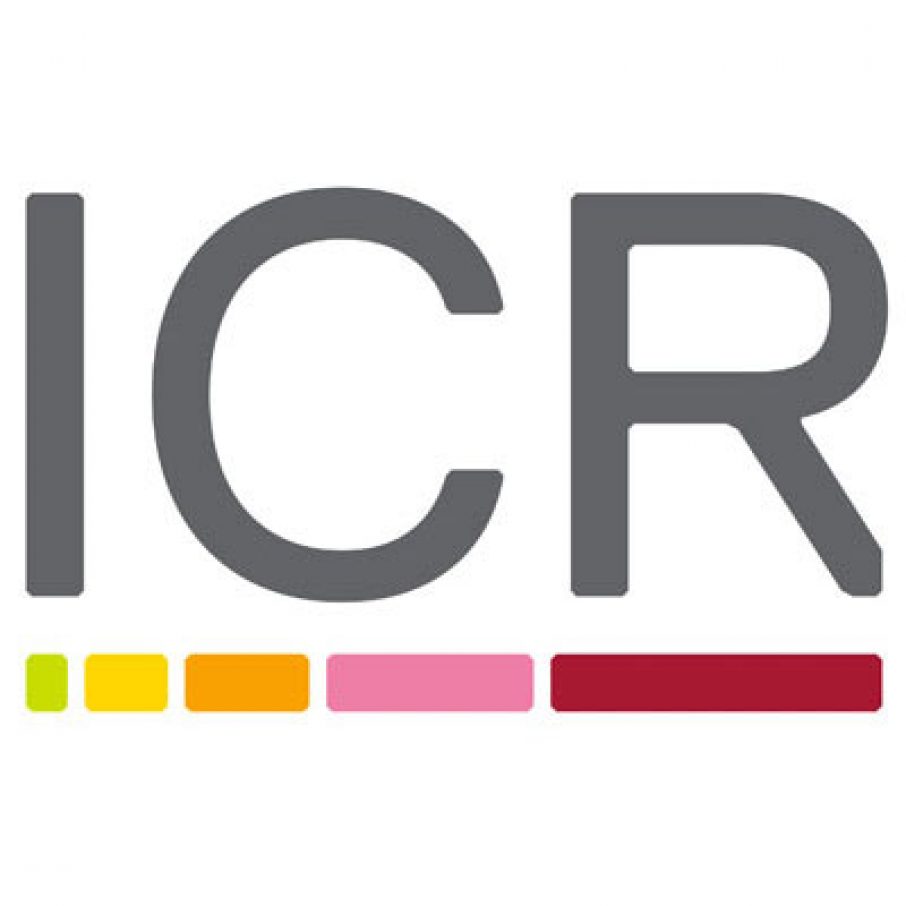
The Institute of Cancer Research

Heidelberg University

University of Amsterdam

University of Auckland

TsingHua University

The University of Michigan

Miami University

DRURY University

Jilin University

Fudan University

Wuhan University

Sun Yat-sen University

Universite de Paris

Deemed University

Auckland University

The University of Tokyo

Korea University
Cefalexin monohydrate is a cephalosporin antibiotic.
- Emodin-8-beta-D-glucoside
Catalog No.:BCN6329
CAS No.:23313-21-5
- Delta 7-avenasterol
Catalog No.:BCN3212
CAS No.:23290-26-8
- Probucol
Catalog No.:BCC4833
CAS No.:23288-49-5
- m-NH2-Tyr-OH.2HCl
Catalog No.:BCC3340
CAS No.:23279-22-3
- VAL-083
Catalog No.:BCC2024
CAS No.:23261-20-3
- Bay 36-7620
Catalog No.:BCC5915
CAS No.:232605-26-4
- 4'-O-Methylvitexin
Catalog No.:BCN2642
CAS No.:2326-34-3
- Guanabenz Acetate
Catalog No.:BCC4327
CAS No.:23256-50-0
- Dimaprit dihydrochloride
Catalog No.:BCC6672
CAS No.:23256-33-9
- Riddelline
Catalog No.:BCN2133
CAS No.:23246-96-0
- 5,7-Diacetoxy-8-methoxyflavone
Catalog No.:BCN5083
CAS No.:23246-80-2
- Ritodrine HCl
Catalog No.:BCC4337
CAS No.:23239-51-2
- Nefopam HCl
Catalog No.:BCC4681
CAS No.:23327-57-3
- MK 0343
Catalog No.:BCC6170
CAS No.:233275-76-8
- Glycoborinine
Catalog No.:BCN7462
CAS No.:233279-39-5
- L-Ser(Bzl)-ol
Catalog No.:BCC2579
CAS No.:23356-96-9
- Vinleurosine
Catalog No.:BCN2608
CAS No.:23360-92-1
- (1S,2R)-2-Amino-1,2-diphenylethanol
Catalog No.:BCC8385
CAS No.:23364-44-5
- Theviridoside
Catalog No.:BCN5084
CAS No.:23407-76-3
- Phalaenopsine T
Catalog No.:BCN2014
CAS No.:23412-97-7
- Phalaenopsine La
Catalog No.:BCN2015
CAS No.:23412-99-9
- 7-Isopentenyloxy-gamma-fagarine
Catalog No.:BCN5085
CAS No.:23417-92-7
- Tetrahydropiperin
Catalog No.:BCN6708
CAS No.:23434-88-0
- Swertianolin
Catalog No.:BCN2759
CAS No.:23445-00-3
Formulation and release kinetics of cephalexin monohydrate from biodegradable polymeric microspheres.[Pubmed:8999124]
J Microencapsul. 1996 Mar-Apr;13(2):195-205.
Sustained release cephalexin microspheres have been formulated with poly(L-lactic acid) for intraperitoneal administration. Microspheres were prepared with spray-dried cephalexin by phase separation in organic solvent containing a fixed concentration of polymer, then sieve-sized. Batch-to-batch reproducibility of microsphere size distribution and encapsulation efficiency ( > 95%) were demonstrated. The quality of the microspheres was dependent on the rate of stirring during preparation and was highest as 400 rpm. Scanning electron micrographs revealed approximately spherical shapes and porous surfaces. The release of cephalexin followed second order dissolution model kinetics for multiparticulate systems. The apparent second order rate constant, k2, was lowest for the highest sieve-size fraction (250-425 microns) and varied with drug loading reaching a minimum at 33% w/w. A lower molecular weight PLA of 50 000 produced a faster release of cephalexin from microspheres. Cephalexin was released from microspheres for at least 4 h compared to only 10 min for complete dissolution of an equivalent weight of cephalexin powder, indicating sustained release which may be appropriate in treating localized infections.
Determination of Cephalexin Monohydrate in Pharmaceutical Dosage Form by Stability-Indicating RP-UFLC and UV Spectroscopic Methods.[Pubmed:24482771]
Sci Pharm. 2013 Jul 31;81(4):1029-41.
An ultra-fast liquid chromatographic method and two UV spectroscopic methods were developed for the determination of Cephalexin monohydrate in pharmaceutical dosage forms. Isocratic separation was performed on an Enable C18G column (250 mm x 4.6 mm i.d., 5 mum) using methanol:0.01 M TBAHS (50:50, v/v) as the mobile phase at a flow rate of 1.0 ml/min. The PDA detection wavelength was set at 254 nm. The UV spectroscopic method was performed at 261 nm and at 256-266 nm for the AUC method using a phosphate buffer (pH=5.5). The linearity was observed over a concentration range of 1.0-120 mug/ml for UFLC and both of the UV spectroscopic methods (correlation coefficient=0.999). The developed methods were validated according to ICH guidelines. The relative standard deviation values for the intraday and interday precision studies were < 2%, and the accuracy was > 99% for all of the three methods. The developed methods were used successfully for the determination of cephalexin in dry syrup formulation.
Nasal carriage of methicillin-resistant Staphylococcus pseudintermedius in dogs treated with cephalexin monohydrate.[Pubmed:28042159]
Can Vet J. 2017 Jan;58(1):73-77.
This study aimed to investigate the nasal carriage of methicillin-resistant Staphylococcus pseudintermedius (MRSP) in dogs treated with oral Cephalexin monohydrate. Ten dogs with superficial pyoderma were monitored longitudinally for carriage of MRSP for up to 1 year after treatment; the strains were typed and antibiograms were determined. Methicillin-susceptible S. pseudintermedius (MSSP) was recovered prior to treatment in all dogs and could be isolated after 12 months in 1 dog. Methicillin-resistant Staphylococcus pseudintermedius was detected within 1 week of treatment in all dogs, and 3 clones represented by ST45, ST112, and ST181 were consistently present for up to 12 months after treatment. All MRSP isolates were resistant to at least 7 common antimicrobials. Oral Cephalexin monohydrate treatment selected for strains of multi-resistant MRSP, which were still present after 1 year.
A randomized crossover study investigating the influence of ranitidine or omeprazole on the pharmacokinetics of cephalexin monohydrate.[Pubmed:15545310]
J Clin Pharmacol. 2004 Dec;44(12):1391-7.
Limited data characterize pharmacokinetic interactions between cephalexin and ranitidine, and no data exist for an interaction with proton pump inhibitors. The purpose of this study was to investigate the effects of ranitidine or omeprazole administration on the pharmacokinetics and pharmacodynamics of cephalexin. A randomized single- and multiple-dose crossover study was conducted in healthy subjects ingesting cephalexin before and after steady-state administration of ranitidine or omeprazole. Time-concentration profiles were determined and pharmacokinetic parameters were characterized using noncompartmental methods. Pharmacokinetic data were analyzed in accordance with the two 1-sided test for bioequivalence. The percentage of time that serum concentrations remain above the MIC(90) during the dosing interval (T > MIC(90)) for Streptococcus pyogenes and Staphylococcus aureus associated with the pharmacokinetic profiles was calculated. The coadministration of cephalexin with ranitidine or omeprazole resulted in relatively minor changes in C(max), AUC(infinity), t(1/2), or CL/F. t(max) was significantly prolonged when cephalexin was administered with ranitidine or omeprazole. Suboptimal T > MIC(90) was observed for cephalexin irrespective of acid suppression. Delay in absorption of cephalexin resulted in a decrease in the percentage of T > MIC(90) for certain acid-suppressive regimens and pathogen combinations. With the exception of an increase in t(max), there were no significant pharmacokinetic interactions between cephalexin and ranitidine or omeprazole. Delayed t(max) associated with acid suppression may result in a diminished T > MIC(90).


